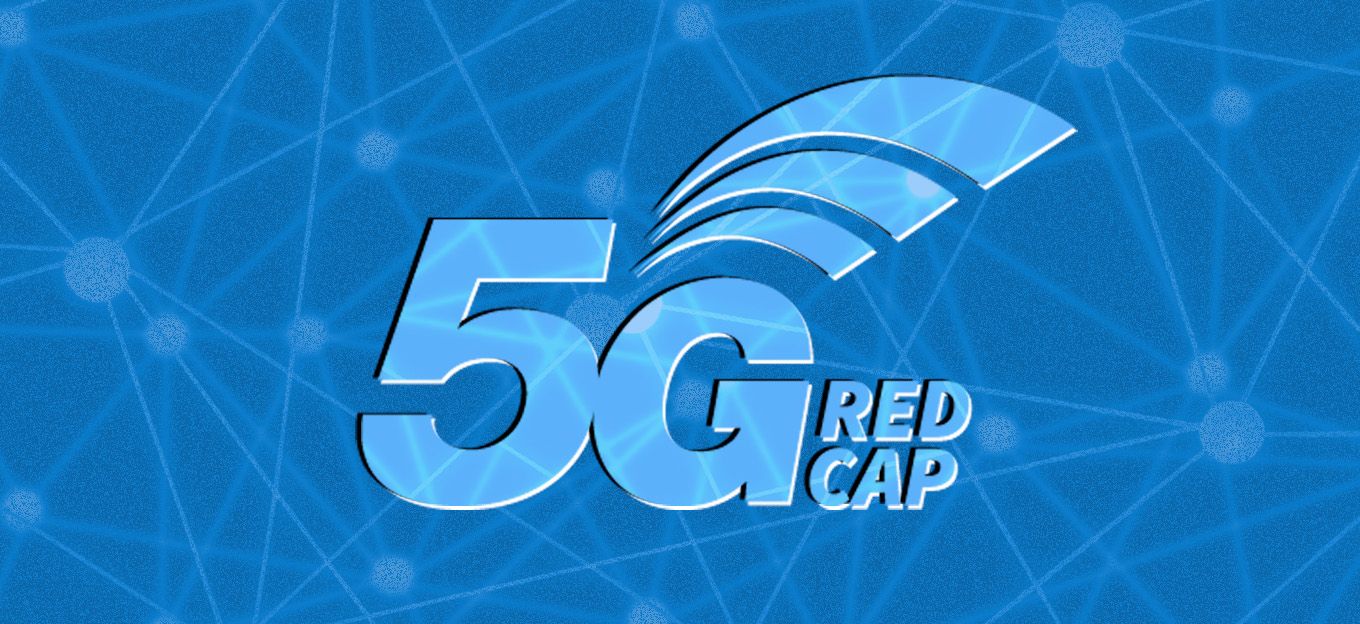Integrated SIM: An Evolution in Trusted Connectivity
Integrated SIM: An Evolution in Trusted Connectivity
- Last Updated: December 2, 2024
Kigen
- Last Updated: December 2, 2024



A recent webinar titled “Integrated SIM: An Evolution in Trusted Connectivity,” delivered by Trusted Connectivity Alliance (TCA) members, provided practical guidance and technical insights to help a range of ecosystem players develop integrated SIM solutions.
'Traditional SIM cards can’t cope with the growing demands of IoT and this is where its successors have gained popularity.' -Kigen UK Limited
Each IoT device needs a secure identity for connectivity access to network services. SIM technology provides a trusted and standard mechanism to do this. Traditional SIM cards can’t cope with the growing demands of IoT and this is where its successors have gained popularity.
Integrated SIM (iSIM) has been introduced across the consumer and enterprise space to deliver the highest level of security assurance and many other benefits. Compared with its predecessor, the eSIM, it boasts a 50 percent lower running cost and lower power usage, ideal for devices that require a long battery life. It is revolutionizing processes and encouraging innovative use cases across multiple sectors.
iSIM technology is expected to gain market share rapidly and even exceed eSIM by as early as 2028. So, what are the key market forces driving integrated SIM technology to shift from concept to reality? In summary, they are as follows:
- Digitalization: An increase of connected devices not only in the consumer space but also in many verticals, e.g. smart metering and asset tracking.
- 5G: Provides enhanced connectivity capabilities to both the enterprise and end-user, encouraging the development of new use cases and services. 5G accompanies the digitalization trend by providing reliable connectivity to devices.
- Sustainability: Drive for more sustainable technologies that run on lower power, generate less waste, consume less energy, and optimize supply chains. These considerations are very important to multiple sectors. Beyond this, connected devices are also being implemented to tackle societal sustainability issues. It is another consideration enterprises should employ to remain competitive in their space.
- Miniaturization: An iSIM is considerably smaller than its predecessor, allowing manufacturers to create smaller and slicker devices and opening new cases to solve more sector pain points.
As the #FutureofSIM Evolves, so do the Innovative Use Cases, but What Sectors Demonstrate the Most Promise?
All cellular-connected devices, from consumer to enterprise IoT devices, can benefit from the technology and its advantages, including low energy consumption, accessible memory, computing power, and performance.
Utilities
The utility sector is an excellent example of an industry significantly benefiting from iSIM technology. Water, gas, and electricity need to be efficiently managed and monitored. The increase in smart meters enabled by iSIMs is allowing for more accurate readings using real-time data, meaning that the energy demand can be met more efficiently and with the assurance to utility companies that iSIMs cannot be removed to misreport the amount of energy consumed. Other benefits include more robust security, power-saving benefits, and longer battery life due to the enhanced capabilities of the iSIM over predecessors.
Logistics
Much like the utility sector, there is an increased need for real-time information to be relayed to aid decision-making and simplify complex supply chain logistics or take corrective action if needed in the shipment of fragile goods or temperature-sensitive products.
Smart labels are enabled with iSIM functionality that can be leveraged for near real-time monitoring using LPWAN connectivity.
Global Standardization & Recognition for the Integrated SIM
The GSMA are industry advocates who work with key ecosystem partners to develop specifications that help standardize technology and drive global interoperability and adoption at scale.
According to the TCA, the GSMA’s recently published integrated eUICC specifications offer the most potential to meet increasing market demand for integrated SIM deployments due to their compatibility with existing infrastructure established for eSIM technology. Integrated SIM solutions, which align with globally-established industry specifications, can now be recognized for these benefits.
During the webinar mentioned above, Dr. Saïd Gharout, Kigen’s Head of Standards, outlines the GSMA’s certification program and its different components, including a detailed overview of the Production Environment and Functional & Security Certifications of the integrated SIM. He also describes the differences between consumer or M2M devices that receive accreditations from the GSMA, which allow them to be globally trusted by Operators, Manufacturers, and Service Providers.
Key benefits of this standardization effort enable IoT device makers to use the same platforms for iSIM remote provisioning and personalization as they would for eSIM or SIM, ensuring the same robust security functionality is available across any SIM technology.
Industry standards are maturing and there is a strong market demand across consumer and IoT products for integrated SIM solutions that offer secure network access capabilities and cost-saving benefits to the value chain.
The Most Comprehensive IoT Newsletter for Enterprises
Showcasing the highest-quality content, resources, news, and insights from the world of the Internet of Things. Subscribe to remain informed and up-to-date.
New Podcast Episode

IoT and AI in 2026
Related Articles




